You get one of those emails that ruins your day. The email is a recent press release from your competitor announcing a great new feature and reference customers. The email has been forwarded down your chain of command through your director. Your director wants to know how to respond.
You raised the need for this feature months ago. Unfortunately, there weren't enough resources to work on the feature. How do you respond to this new development with a positive outlook?
The steps to take next are:
Repurpose your financial analysis of the feature to summarize the prior decision for yourself
Carefully review the competitive announcement. Add your insights after collaborating with your product team
Prepare 2-3 options to respond with tradeoffs
Recommend a response that is based on the financial health of your product
Let's take a look at how you can do these steps while minimizing the disruption to your other initiatives.
Step 1: Refresh Yourself on Financial Decisions
Depending on the lifecycle of your product, the amount of financial data you have could be limited. However, you probably have more than you think! The basic financial data you need are:
Unit of measure
Cost
Revenue
Margin
Here are examples and substitute ways to gather basic financial data.
Suppose you are a product manager on a SaaS product and your competitor has announced that they support Google Cloud in addition to AWS and Azure. When you investigated adding support for Google Cloud in the past, your software engineering team concluded the effort was high because there are no Google Cloud experts in the organization. Your opportunity analysis at the time showed a small increment of revenue since Google Cloud has a small portion of the Cloud market share.
You lay out your data in a table to refresh yourself on the prior decision.
Based on the situation when you evaluated this feature financially, it made little sense to invest in Google Cloud support.
Step 2: Review Competitive Information
Just like your own financial analysis, you can extract critical financial data from public announcements and from your product team.
In the example case, you review your competitor's press release and collaborate with your engineering team about what you find. You lay it out side-by-side with your data as below.
By collaborating with your engineering leader, you have 2 new observations:
There are new hires in engineering who have Google Cloud experience - your product needs minimal change to run in Google Cloud
You notice the new competitive reference customer is a large software retailer. In the press release the reference customer mentions that AWS and Azure are unacceptable to them because AWS and Azure are direct competitors.
You mark up your side-by-side comparison to show your new information:
Step 3: Options and Trade-offs
Now is the time to think about potential responses to the new competitive threat. You continue your thinking about the basic financial impacts and your options. In these situations, there are 3 typical options to consider:
Do nothing - the product's financial health impact is minimal
Accelerate a feature - the product's financial health is threatened near term and action is needed
Change direction - the product forecast can't recover from the threat and inflight programs need to change
In the above SaaS example, you evaluate these options against your product's financial health:
After you review the options and the financials, you are ready to recommend accelerating the Google Cloud feature. You use the above table to discuss and confirm your conclusions with your product team.
Step 4: Recommendation Based on Product Financials
Now that you've taken these steps you have a simple response back to your director and the levels above. The main job in your response is to get leadership to support the change and keep your product financials healthy. You don't need to cover all the work you did with your product team!
In the example, your response would be:
Recommend acceleration of Google Cloud support on the next release to preserve forecasted high-margin retail customers
Engineering re-estimated the effort - impact on costs is minimal
Propose communicating the acceleration internally to prevent loss of prospective customers
This provides an opportunity for the leadership team to agree with your recommendation.
Conclusion - Using Product Financials to Respond to a Competitive Threat
You can respond to a product threat with a positive outlook by using your product financials and strategic thinking. You likely have more product financial data than you realize. Here are four steps to respond effectively with product financials:
Re-visit your prior financial analysis
Review competitive information
Document options and trade-offs
Make your recommendation based on product financials
Leveraging your product financials needs a little investment and can help save your product management time for more initiatives.

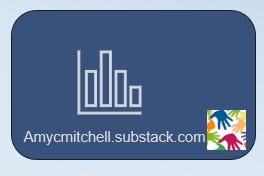


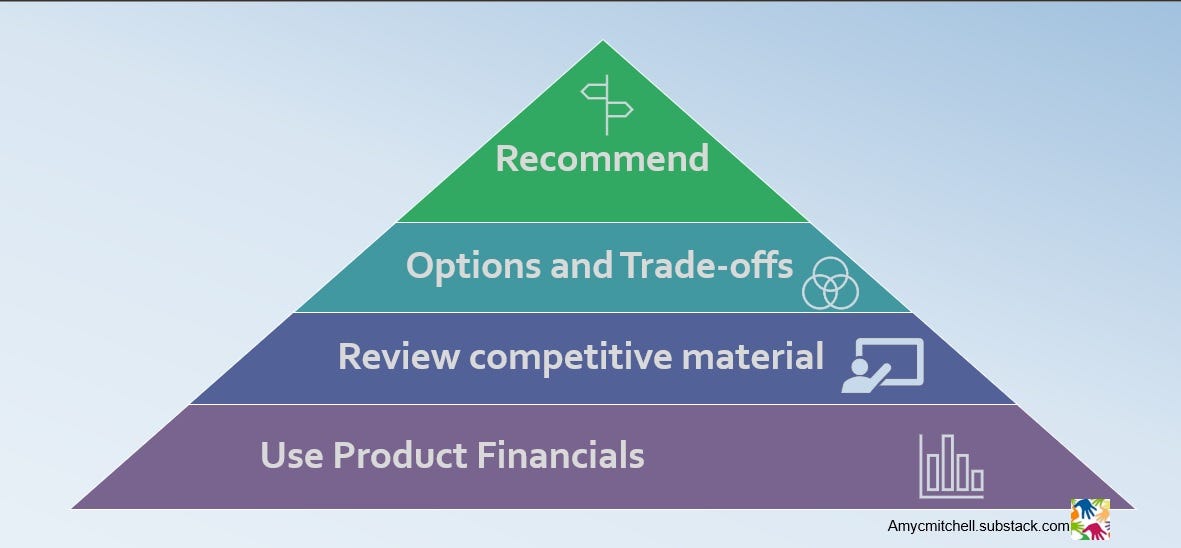
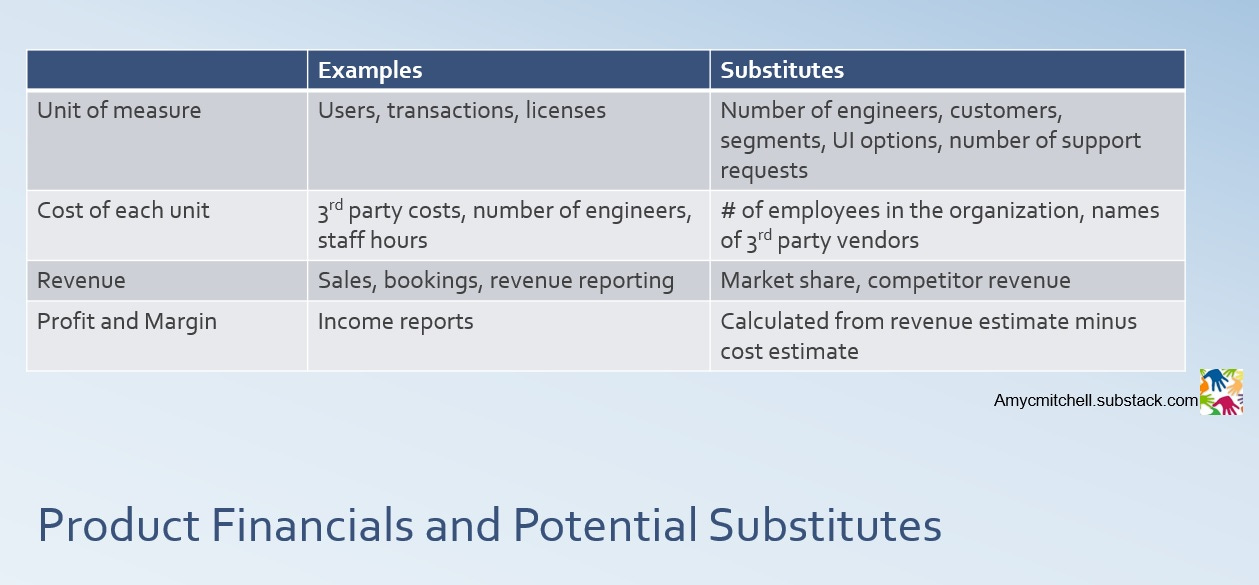
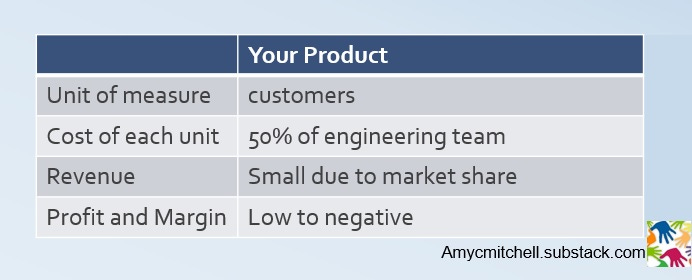


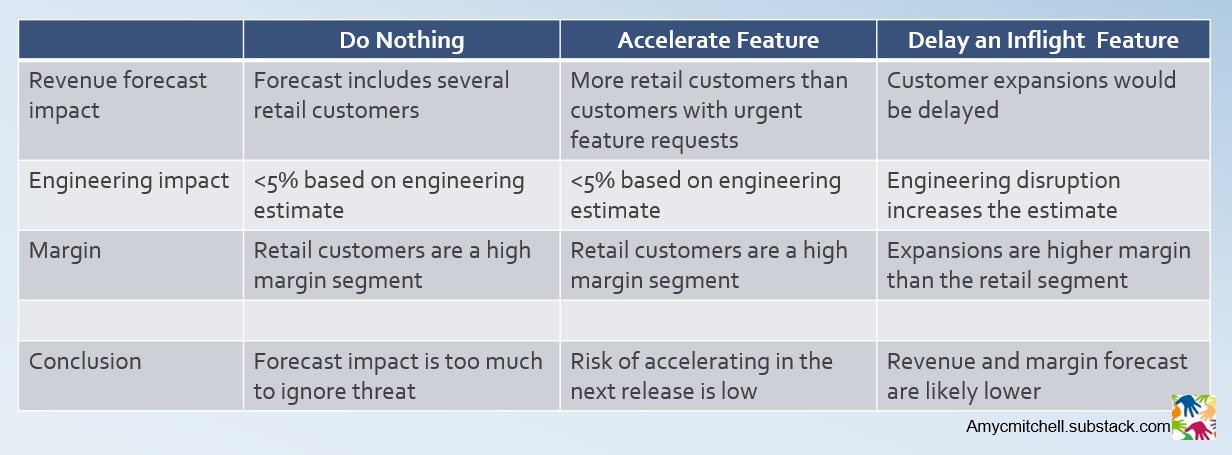
this is excellent reference. i just shared this with my engineering partner in crime so we can discuss 😅